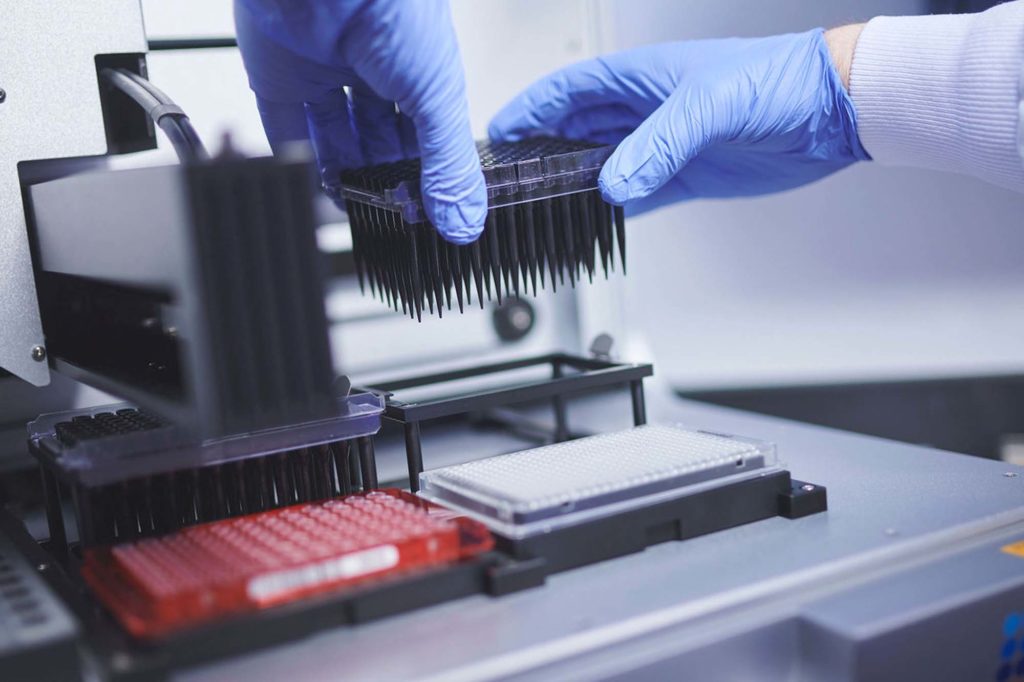Our Services

EnviroSeq®
The EnviroSeq® suite of end-to-end biomonitoring products and services support the assessment of biodiversity in any ecosystem. EnviroSeq’s workflows and standard operating procedures have been hardened and tested in various harsh field conditions and remote locations.
Biodiversity Assessment
We provide a complete biodiversity assessment solution, including sampling design, training field technicians, DNA analysis, interpretation and report generation. This involves the analysis of bulk environmental samples such as water, soil, sediments and various types of sampled biomass, such as plankton trawls and benthic kicknets, to determine the composition of organisms from microbial groups to more complex organisms such as algae, plants, arthropods, nematodes and various higher vertebrates.
The approach is based on “eDNA metabarcoding”, which employs information in marker genes such as ribosomal and mitochondrial genes that are amplified using CEGA’s optimized primers (synthetic DNA complementary to conserved regions of target genes) and sequenced on high-throughput sequencers like the Illumina MiSeq and our in-house state-of-the-art Illumina NovaSeq 6000.
During the procedure, we sample small volumes of biological material, such as water or soil. Depending on the setting, water can be processed and filtered in field stations or on vessels. Small filter cartridges are then transferred back to our laboratory for further analysis.


Rare Targets Identification
This application is geared towards known individual species of interest or concern. Categorically these species are either considered harmful, such as pathogens or alien invasive species, or are included in the list of highly valuable species, such as some marine mammals on the IUCN Red List. We can also locally monitor important species, such as those used for seafood, like Atlantic Canada salmon or
cod fish.
Our process uses a small volume of seawater or any other environmental sample and does not capture or handle individual species, which reduces the risk of disrupting the habitat or harming any species.
We have developed and optimized high-efficiency primers that can bind very effectively to DNA from target species. Sequencing is performed to confirm the detection of the correct target species. More advanced statistical analysis, such as occupancy modelling, can also be used to provide additional support for ruling out cases of false positives and false negatives.
Bioindicator Species Identification
Depending on the environmental setting, groups of organisms are considered ecological bioindicators and their species composition provides a highly sensitive metric for ecosystem health. Most notably in the aquatic environment, fish, diatoms (algae) and benthic macroinvertebrates are bioindicators. We use DNA-based analysis to determine the composition of these groups and other similar taxonomic assemblages. Sampling can be conducted from rivers, lakes, or sea and mainly involve accessing biomass through water samples or samplers such as kick nets or sediment grabs, etc.
